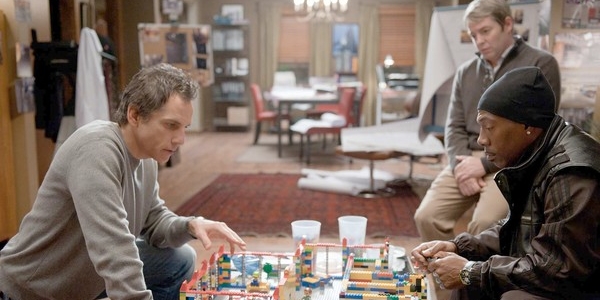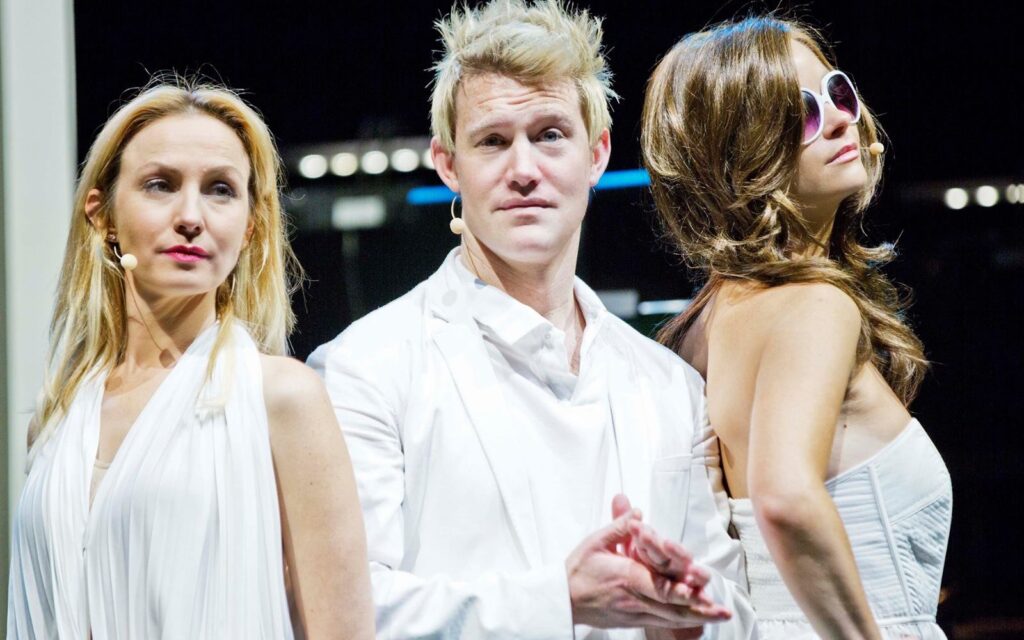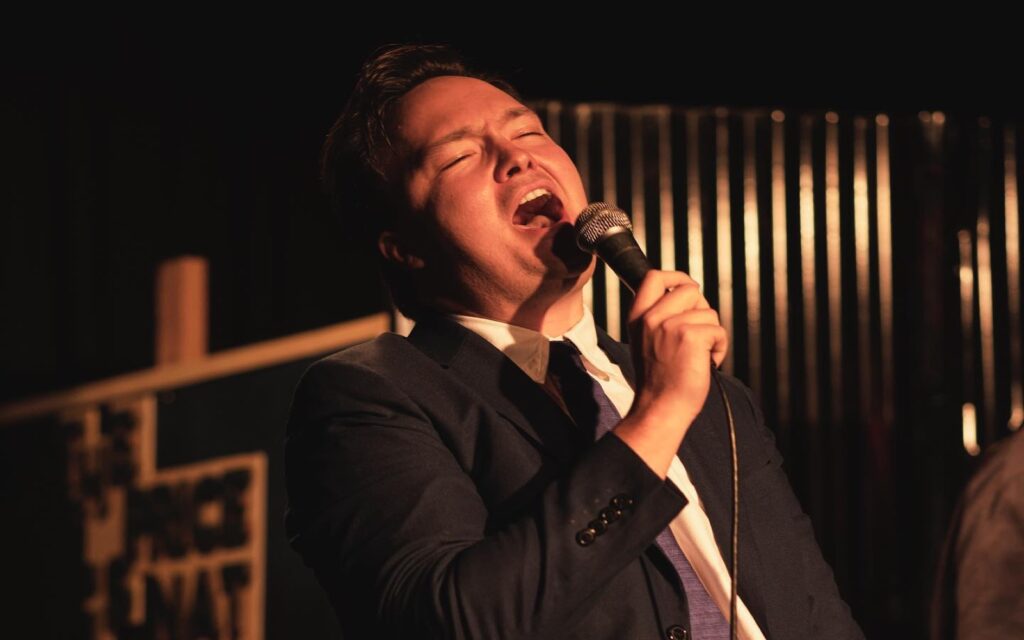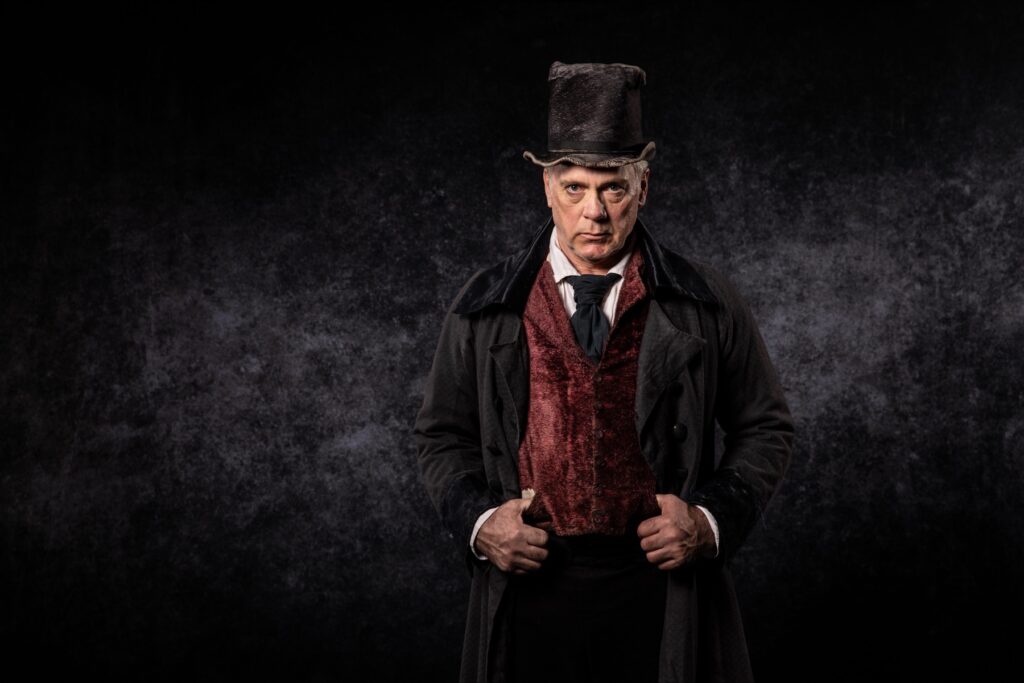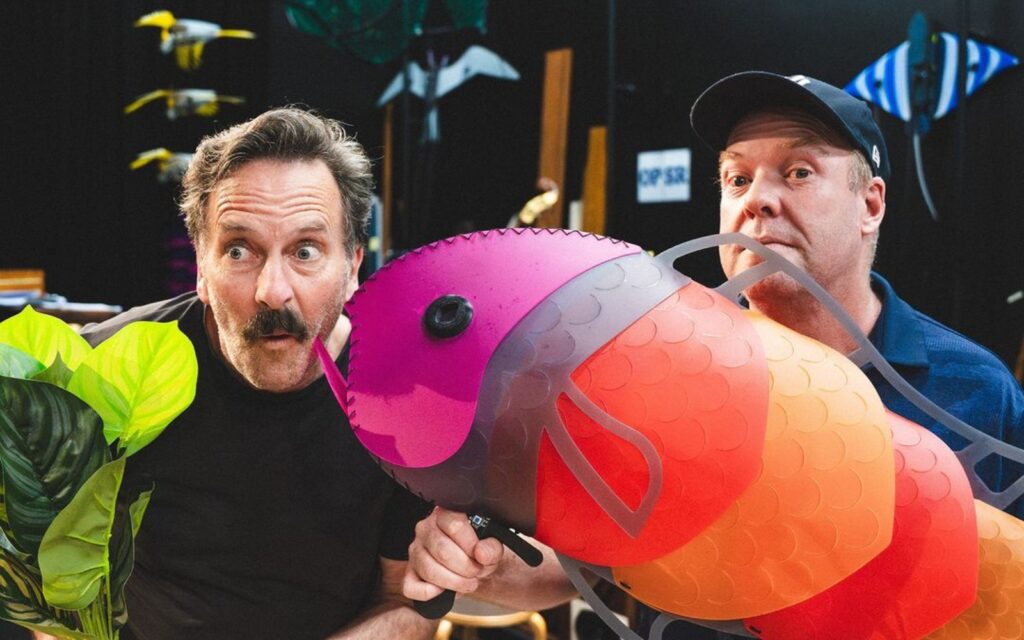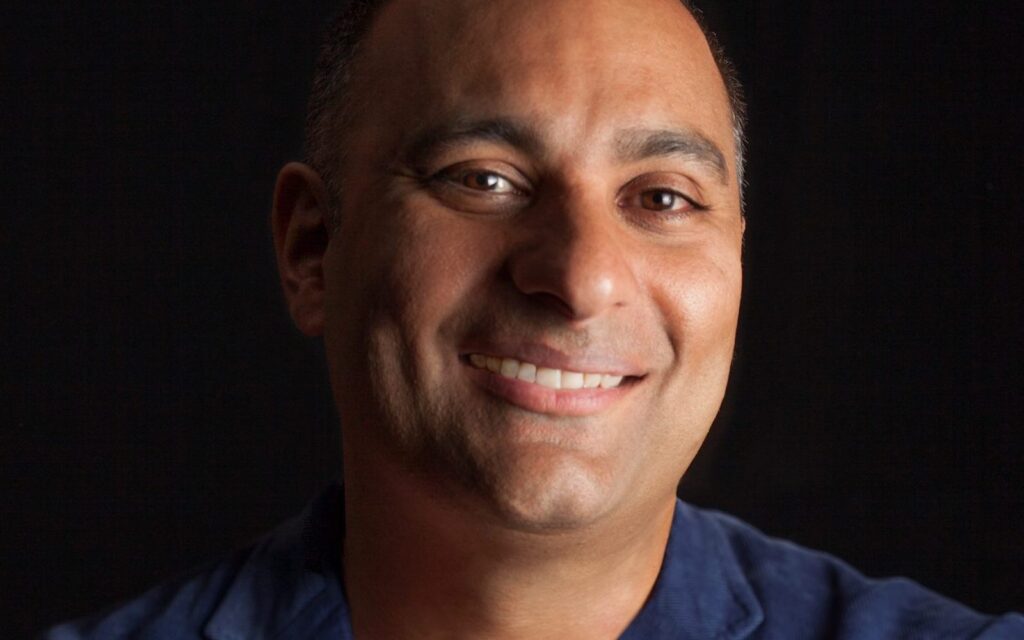The film is set in ancient China, during the Ming dynasty, a time the country was still divided into separate kingdoms ruled by warlords who were at odds with each other. There were palace intrigues, power struggles and plots hatched by the powerful eunuchs who were essentially the power behind the throne. A pregnant concubine Su (Mavis Fan) escapes from the palace before she can be executed and flees through the harsh, desolate desert to find refuge at the remote Dragon Inn, which burnt down three years earlier. Amongst the burnt out ruins of the inn she finds a gang of thieves and brigands gathered for their own nefarious purposes.
Rumour has it that every sixty years or so a huge storm erupts at this location and exposes a fabulous treasure supposed to be buried somewhere in the vicinity. As storm clouds gather, so do lots of desperadoes.
Foremost are the ruthless imperial assassins, led by the powerful eunuch Yu (Chen Kun), and the power hungry general Zhao (Gordon Liu), who is determined to restore order in the palace. Hoping to protect the woman is Zhou Huai’an (Jet Li), a traditional Wuxia hero of Chinese lore. The Wuxia is a martial artist who serves no master, and is chivalrous, helps the poor and oppressed, and fights injustice. Also on hand to protect the concubine is Ling Lanqiu (Zhou Xun), a female equivalent of Zhou.
What follows is a confusing series of deceptions and double-crosses, and the subsequent battle comes across as an Asian version of Assault On Precinct 13. However, the plot details are not as important as the spectacular action, which dominates the screen. This is the kind of action packed martial arts spectacle at which Hark (Once Upon A Time In China and its sequel, etc) is so adept. Hark directs with the same flair and energy and visual style he brought to last year’s Detective Dee And The Mystery Of The Phantom Flame.
Recently, Hark has been pioneering Hollywood-like special effects and visuals with some of his big budget Chinese martial arts epics. The action sequences are spectacular, and the gravity defying wire-work is superb, as the characters fly around the set with a flurry of clashing swords. Yuen Bun’s choreography of the fight sequences is stunning and effective.
Flying Swords Of Dragon Gate is billed as the first Wuxia martial arts movie filmed in 3D and Hark demonstrates how live action should look with 3D, with lots of objects thrown at the screen. Cinematographer Sung Fai Choy uses the process well here to augment the action sequences, with assistance from Hollywood expert Chuck Comisky (who oversaw the visual effects for Avatar.) And the CGI-generated sandstorm itself is also spectacular.
Reunited with Hark for the first time since Once Upon A Time In China, Li has a physical presence that is put to good use as the heroic warrior. Although he is underused here, Li seems much more assured and convincing here than in the recent special effects driven The Sorcerer And White Snake, in which the elaborate visuals overwhelmed to story.

